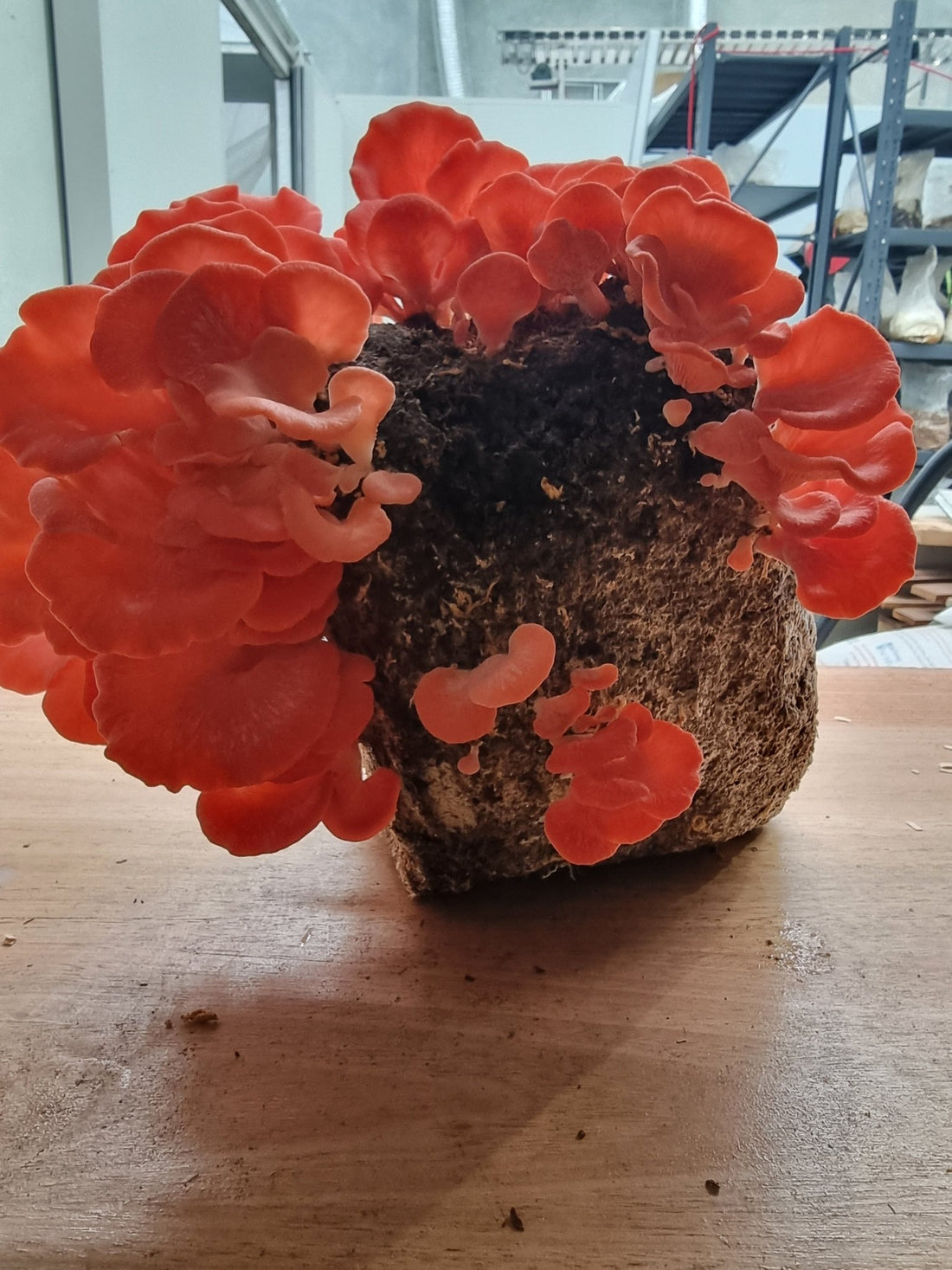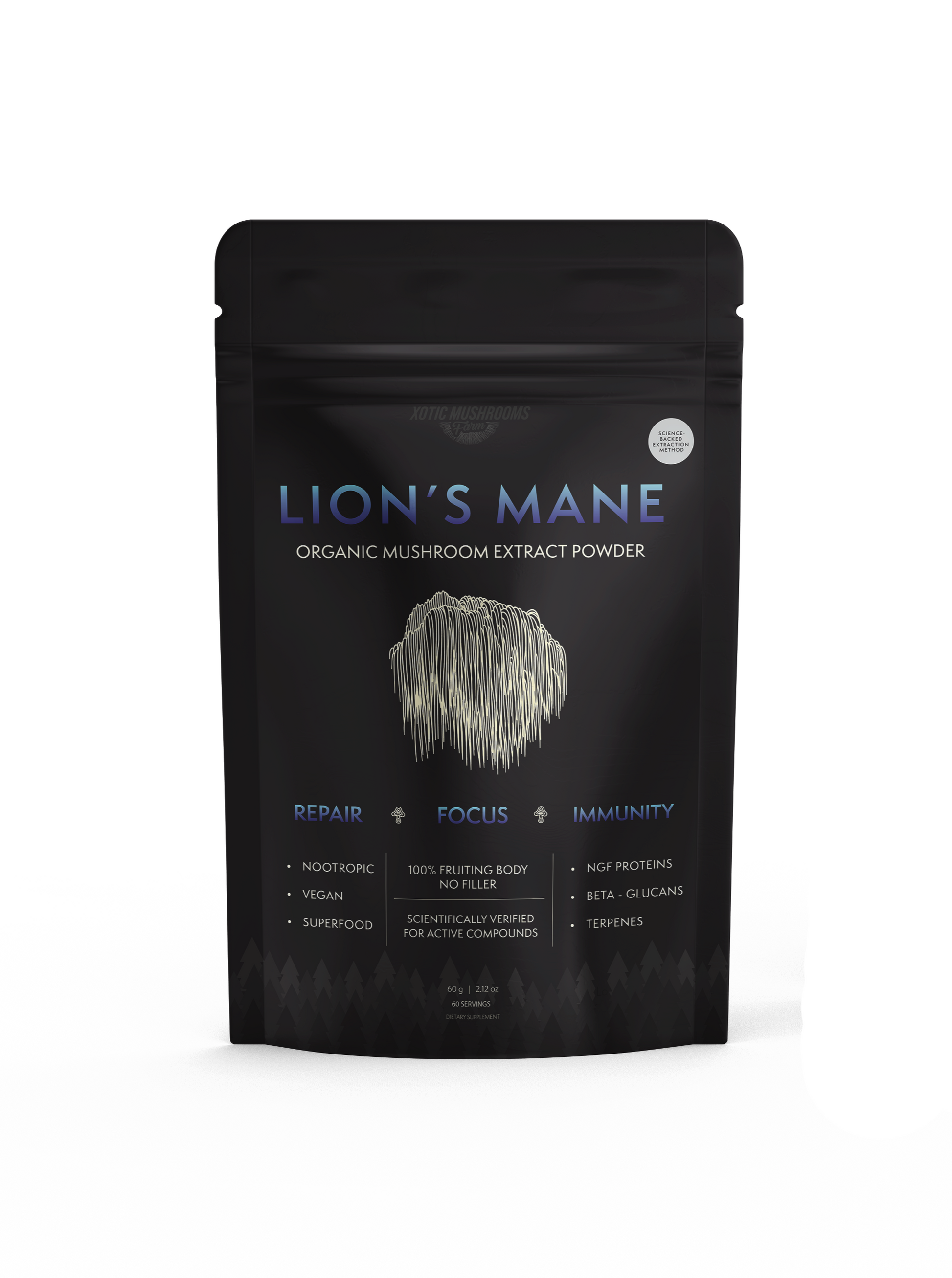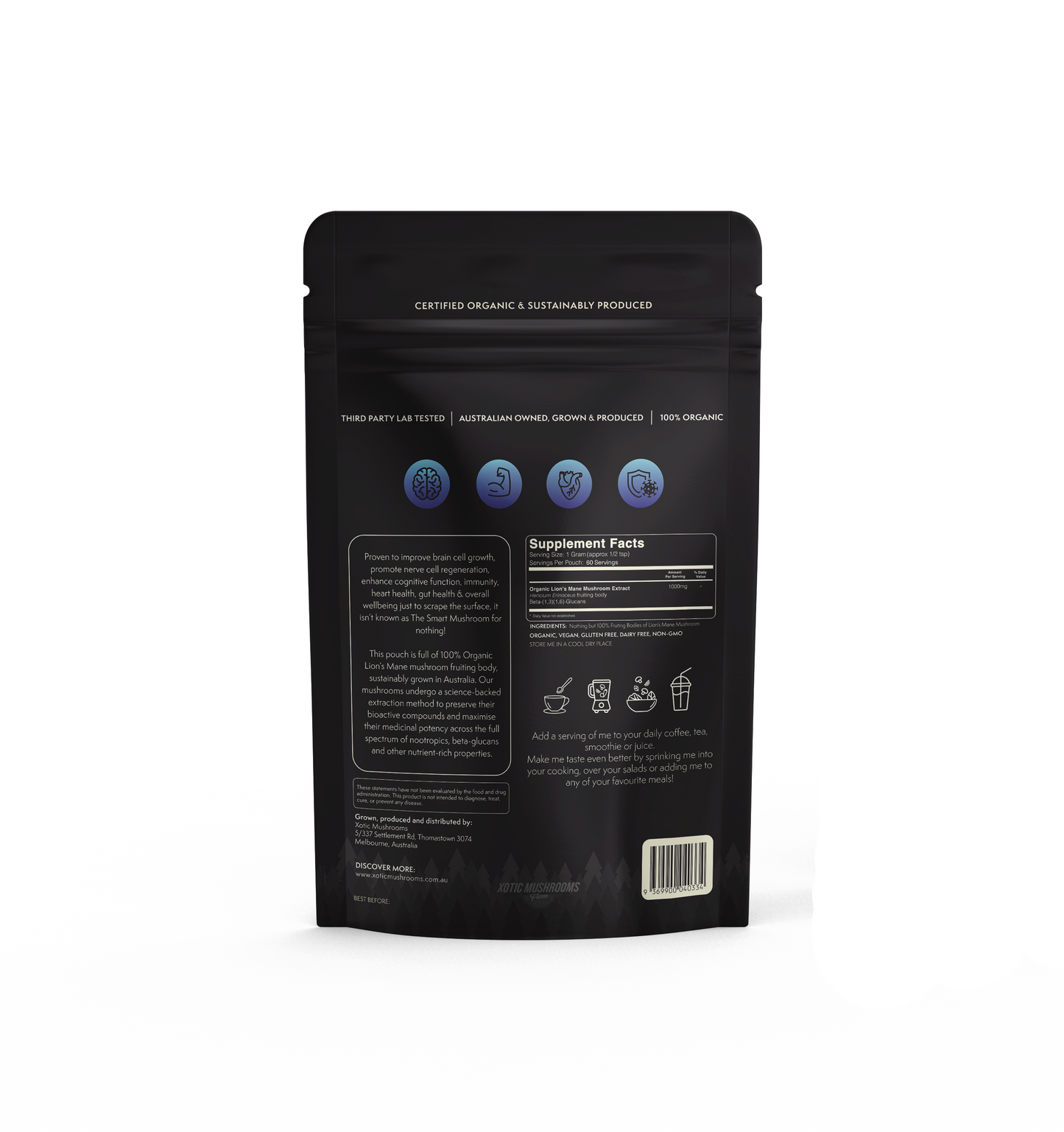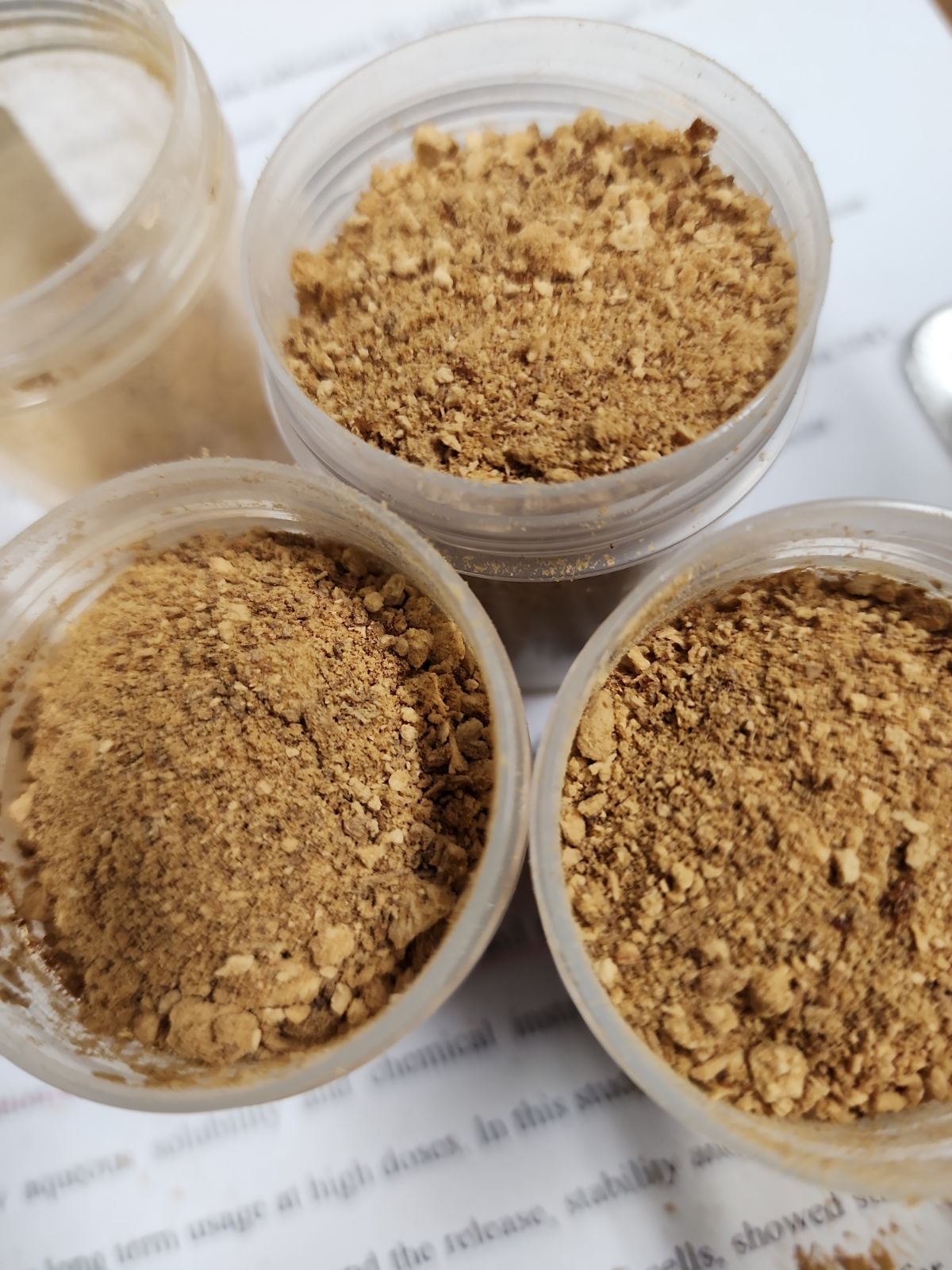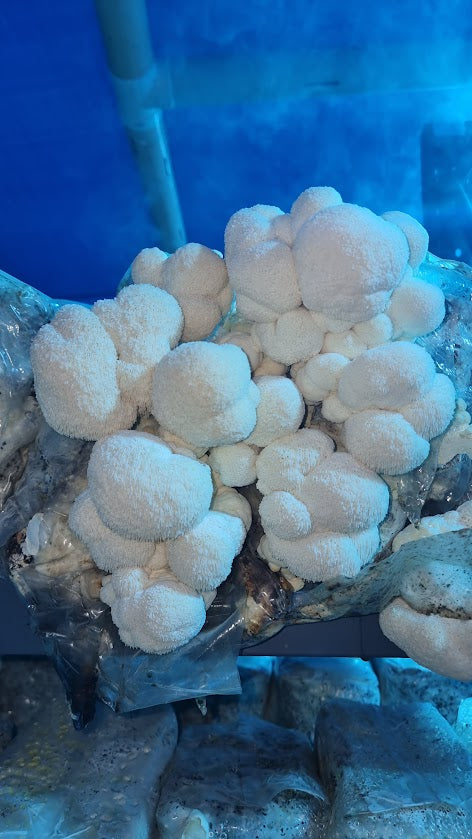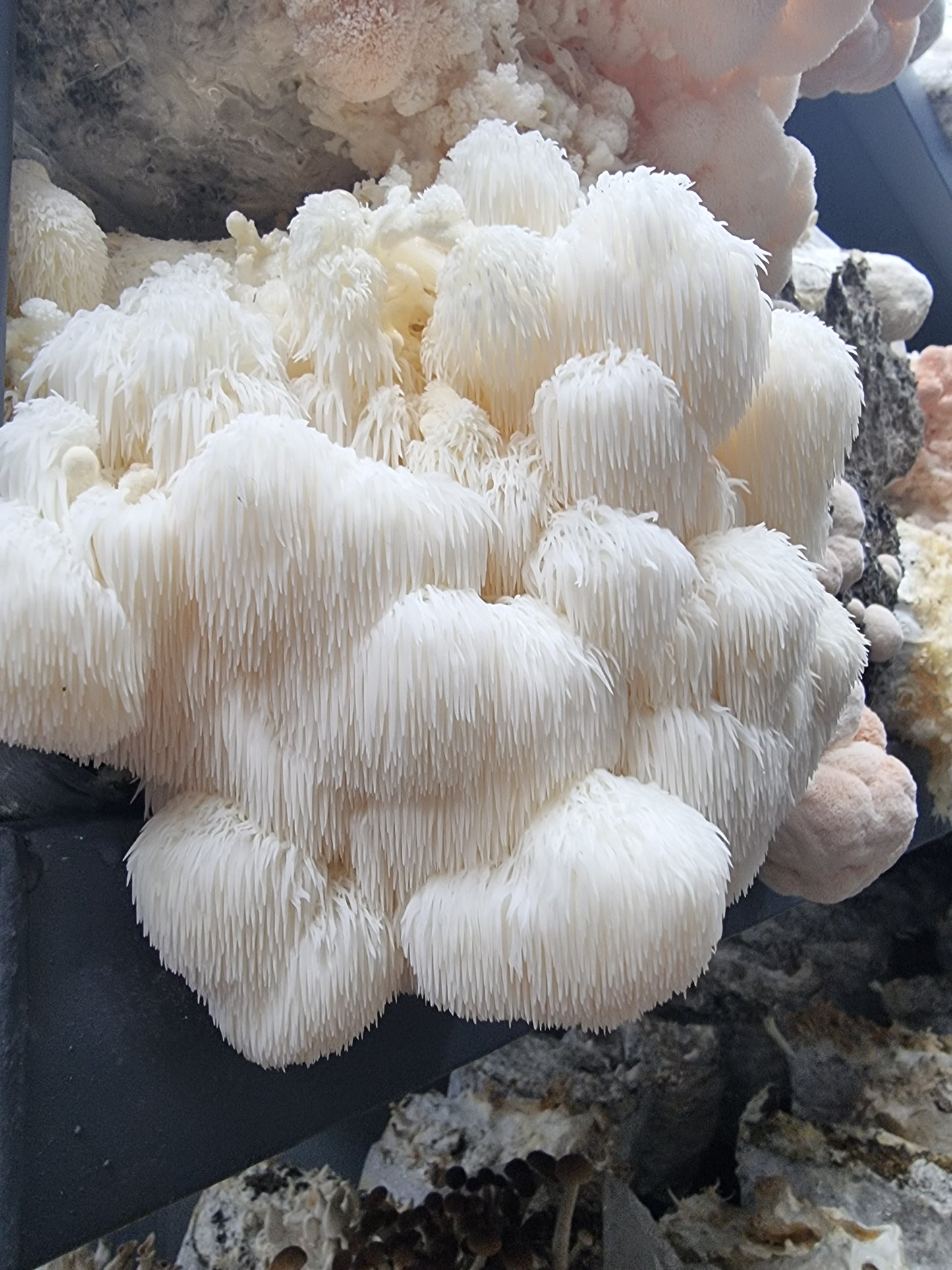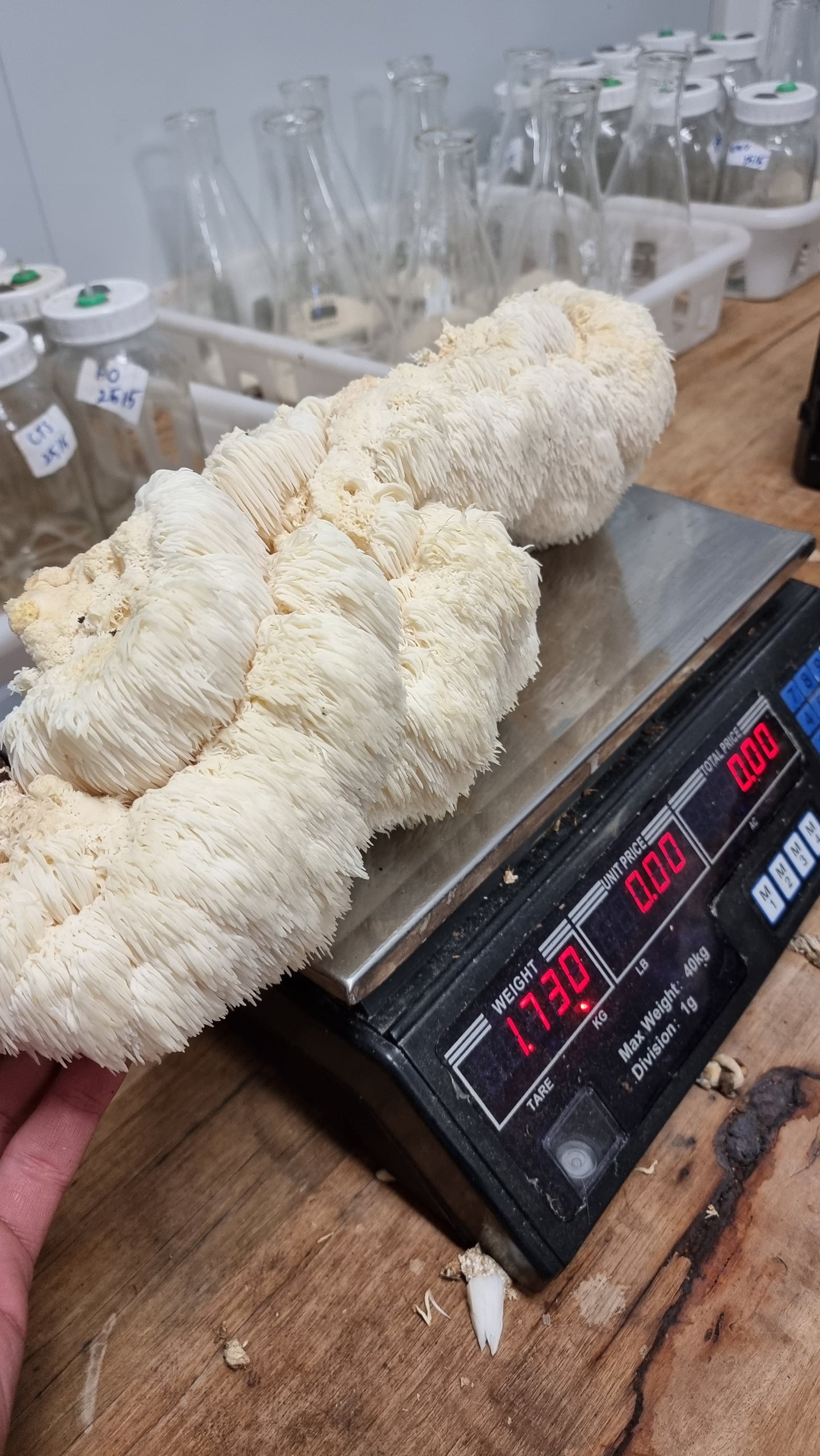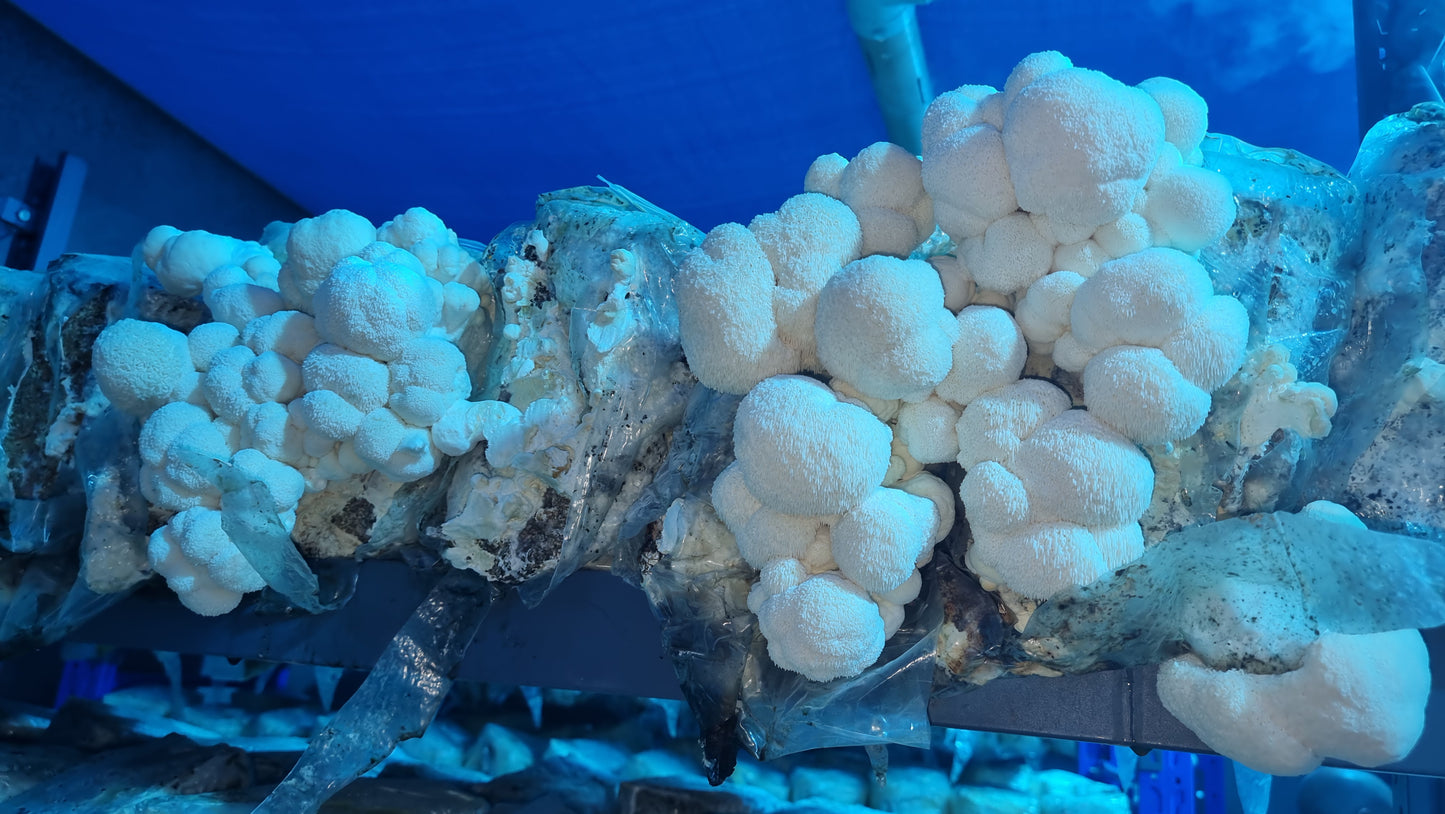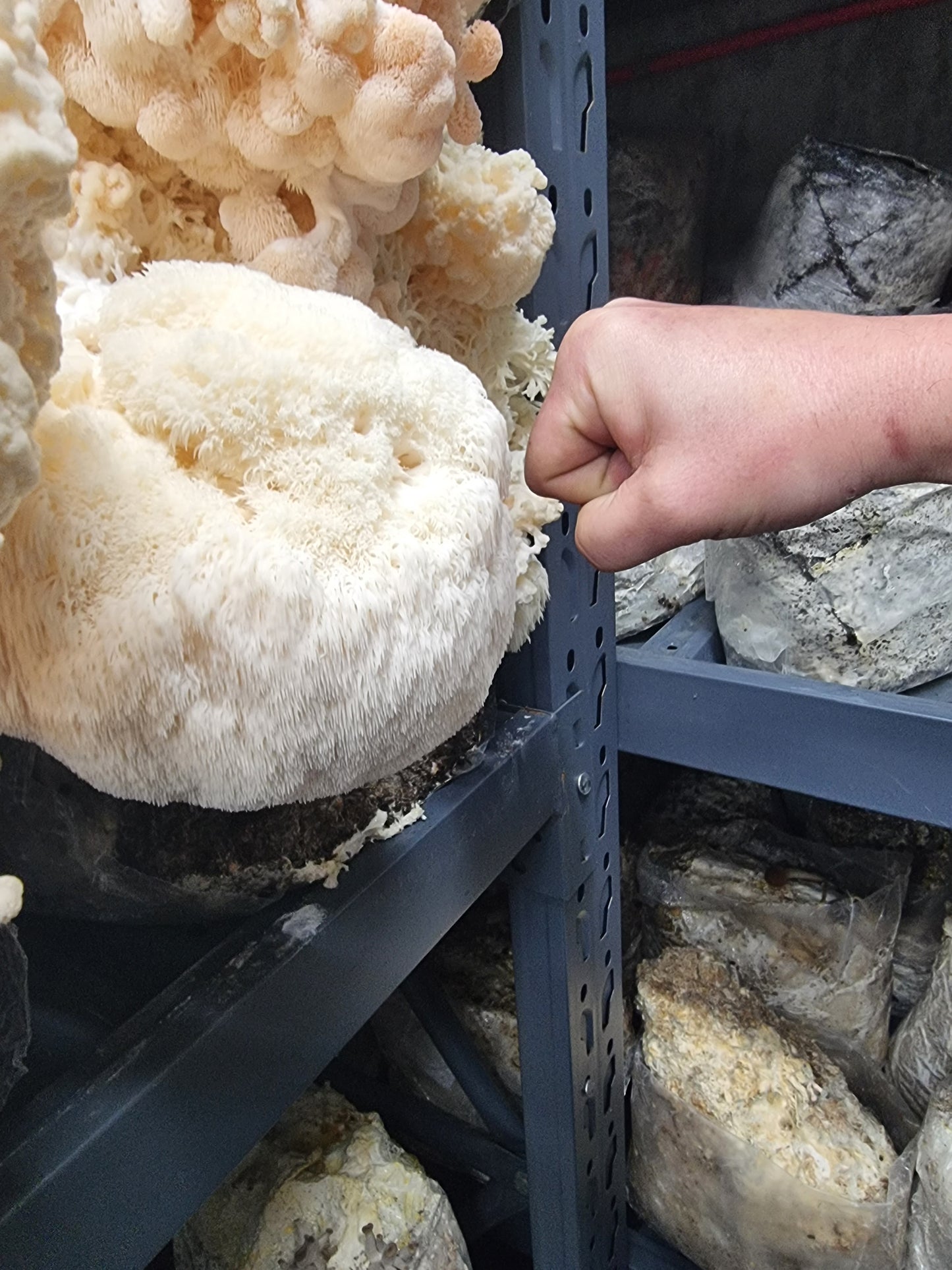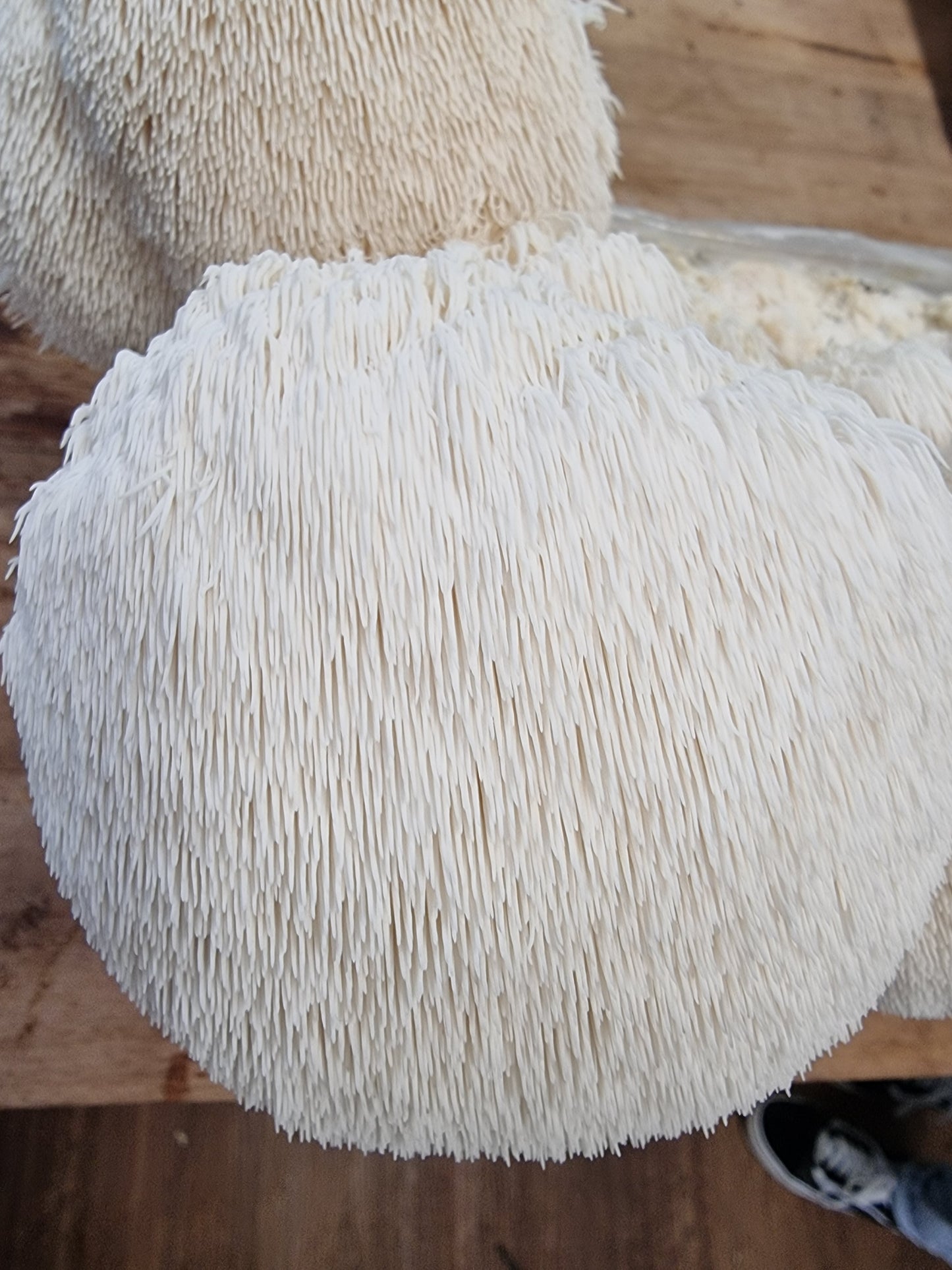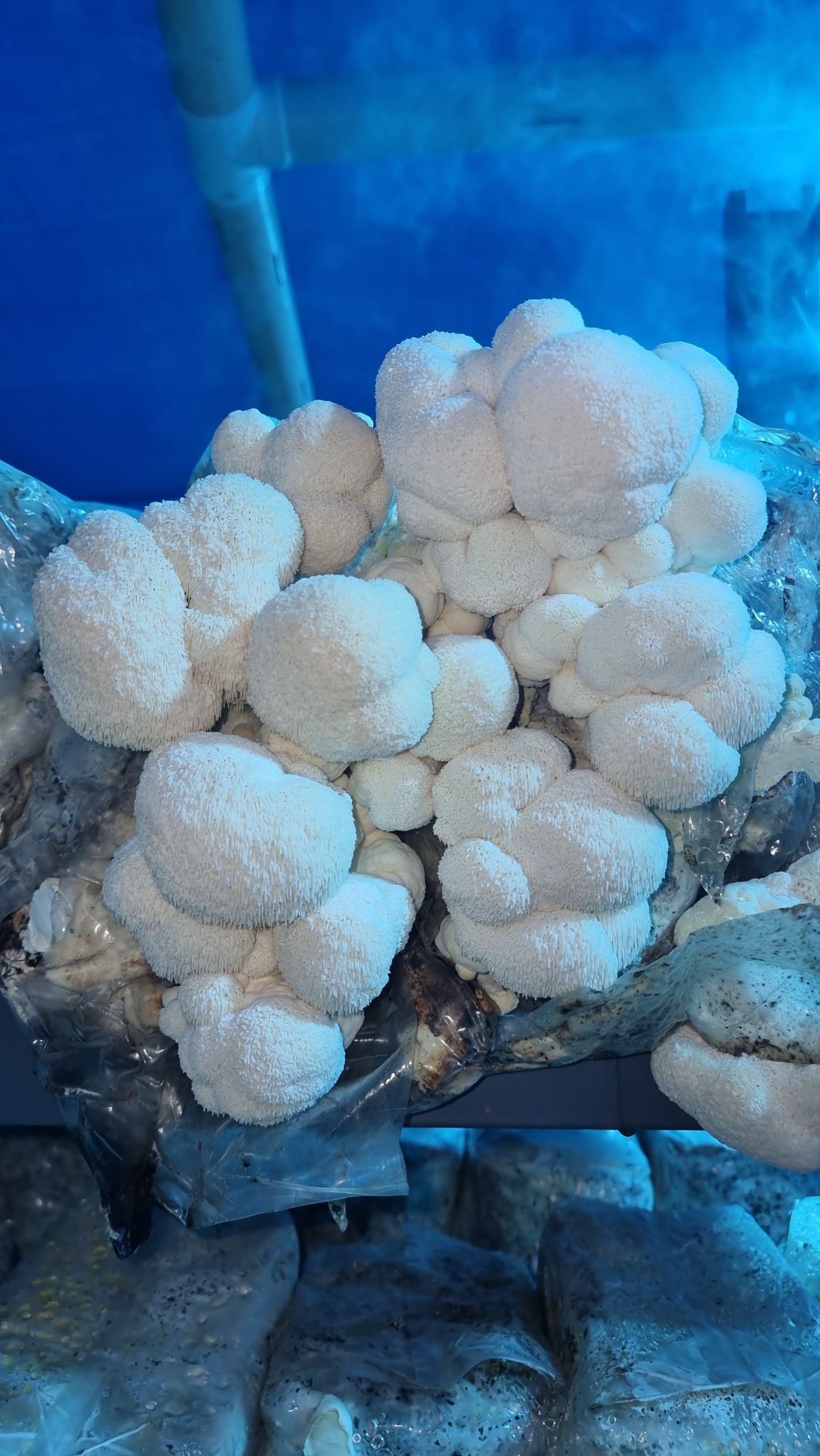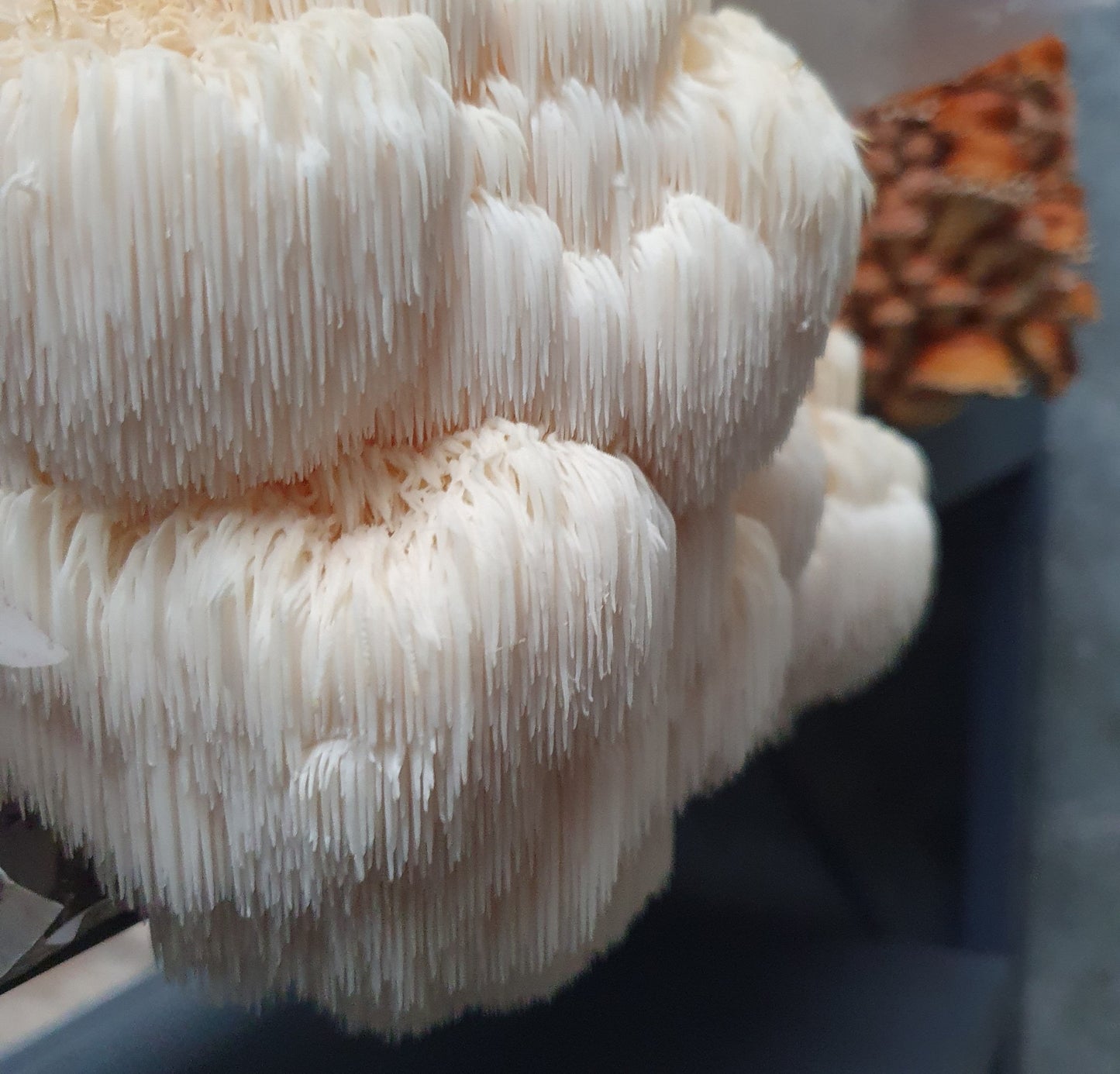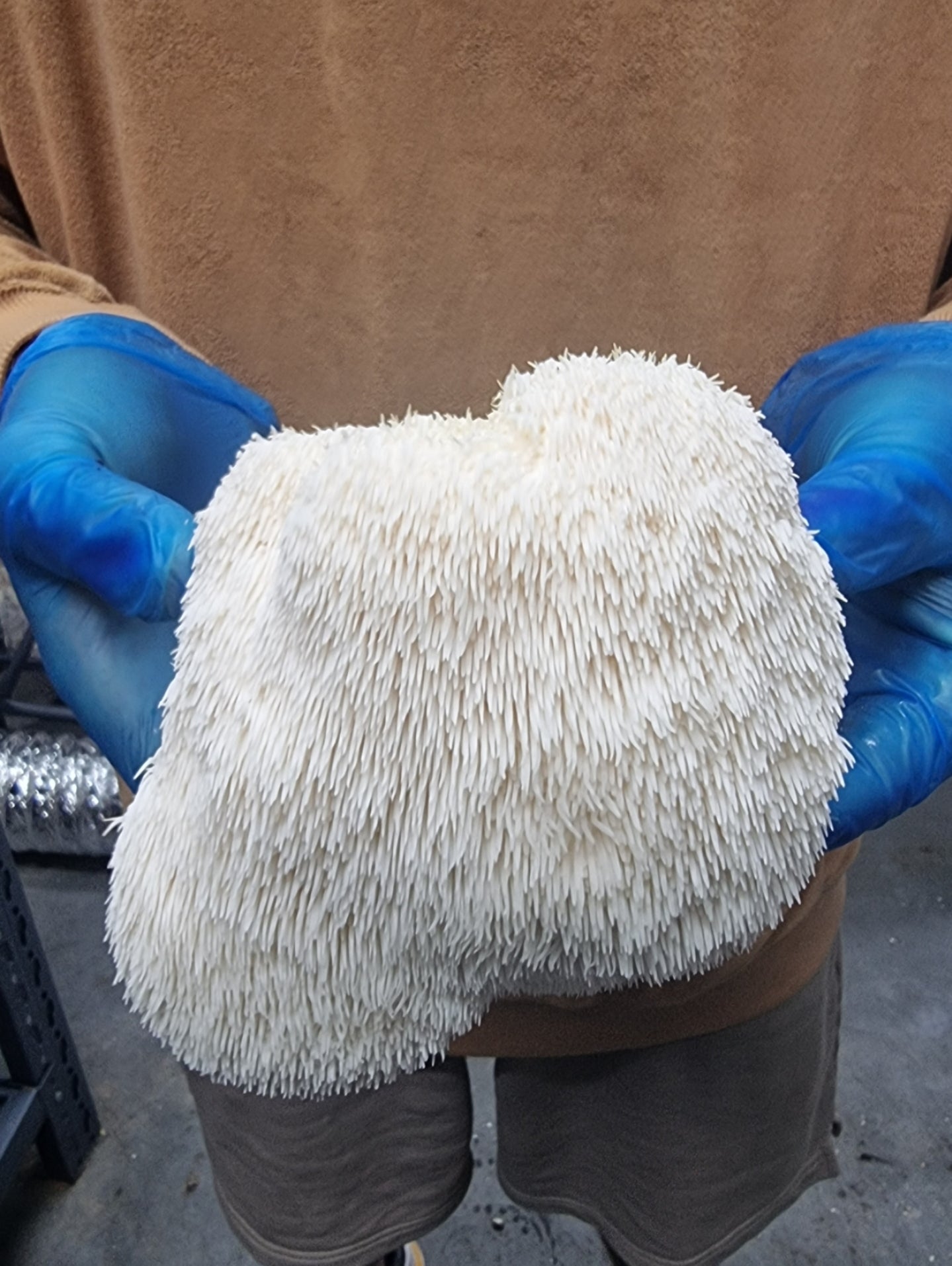Mushrooms, with their earthy flavor and versatility in the kitchen, are a beloved ingredient in many dishes.
However, like all perishable foods, mushrooms have a limited shelf life.
Understanding how long mushrooms can last before they spoil is essential for maintaining food safety and maximizing freshness.
In this article, we will explore the signs of expired mushrooms, the shelf life of cooked mushrooms, tips for keeping mushrooms fresh, and more.
Let's delve into the world of mushroom shelf life and learn how to make the most of these delightful fungi.
How Long Do Mushrooms Last Before They’ve Gone Bad?
The shelf life of mushrooms depends on various factors, but on average, they can last up to 10 days from the day they were harvested. However, once mushrooms hit the grocery store shelves, they typically have around 7 days before they spoil. Signs of spoiled mushrooms include sliminess, dark spots, odor, wrinkles, and deformities. Proper storage and handling can help extend their freshness and minimize waste.
What Does an Expired/Bad Mushroom Look Like?
1. The mushrooms are slimy
One of the most noticeable signs that mushrooms have gone bad is when they become slimy.
If you touch a mushroom and it feels excessively slippery or has a slimy film, it indicates decomposition and spoilage.
Mushrooms covered in slime should be discarded immediately to avoid foodborne illness.
2. The mushrooms have dark spots
While some mushrooms naturally develop light bruises or discoloration due to handling during packaging, dark spots accompanied by other signs of spoilage indicate that the mushrooms are no longer fresh.
If the spots appear deep and decay-like, it's best to err on the side of caution and dispose of them.
3. The mushrooms are smelly/emit an odor
Fresh mushrooms have a mild, earthy aroma that is almost imperceptible.
However, if you detect a strong, unpleasant odor when you open the packaging, it suggests that the mushrooms have started to decompose and are no longer suitable for consumption.
4. The mushrooms are wrinkled or shrunken
Wrinkles or shrinkage on mushrooms are typically a result of dehydration caused by extended storage and not a complete sign of spoilage.
While slightly wrinkled mushrooms can still be used, excessively dry and shrunken mushrooms should be consumed immediately or added to dishes that can rehydrate them, such as soups or stews.
5. The mushrooms are deformed or cracked
Although mushrooms naturally vary in shape, noticeable deformities or cracks indicate aging and drying.
Mushrooms that have lost their original form and texture may not provide the best culinary experience.
It is advisable to use such mushrooms promptly or discard them.
How long do cooked mushrooms last?
Cooked mushrooms, when stored properly, can maintain their quality for a certain period.
The shelf life of cooked mushrooms depends on several factors, including storage conditions and hygiene practices.
Generally, cooked mushrooms can last for up to 10 days in the refrigerator.
However, it is crucial to follow proper storage guidelines and ensure they are not left at room temperature for more than two hours to prevent bacterial growth.
The Average Shelf Life of Mushrooms
The average shelf life of mushrooms varies depending on various factors, such as the type of mushroom, packaging date, and storage conditions.
In general, mushrooms can last up to 10 days from the day they were harvested. However, it's essential to consider the time it takes for mushrooms to reach grocery store shelves after harvest.
Typically, packaged mushrooms have approximately seven days of shelf life from the time they are available for purchase.
Finding Your Mushroom’s Packaging Date
To determine the freshness of packaged mushrooms, it's essential to understand how to identify the packaging date.
Look for coded information on the packaging, typically located on the right-hand side. Pay attention to the Julian date, which is the second number in the code.
By decoding the information, you can select the freshest mushrooms available in the produce section.
How to Keep Mushrooms Fresher Longer
Proper storage is key to extending the shelf life of mushrooms and ensuring their freshness.
Here are some tips to keep your mushrooms in optimal condition:
- Store in Original Packaging: Keep mushrooms in their original container until you're ready to use them. These containers are designed to maintain freshness. After opening, transfer the mushrooms to a paper bag rather than a sealed plastic bag. The paper bag allows for slow release of moisture, preventing rapid aging.
- Avoid Excessive Washing: Mushrooms have a delicate texture that can be affected by excessive rinsing. Instead, lightly brush off any dirt using your hands or a damp paper towel just before preparing them for consumption.
- Freezing and Dehydrating: To extend the lifespan of mushrooms, consider freezing or dehydrating them. Cooked mushrooms can be frozen in covered airtight containers or plastic freezer bags for future use in soups, sauces, or other dishes. Dehydrated mushrooms can be ground into a powder or rehydrated as needed.
Conclusion
Understanding the shelf life of mushrooms is crucial for maintaining food safety and ensuring optimal taste and texture.
By recognizing the signs of spoiled mushrooms and following proper storage practices, you can enjoy fresh and delicious mushrooms in your meals.
Remember to keep an eye out for sliminess, dark spots, odors, wrinkles, and deformities as indicators of mushroom spoilage.
With the right knowledge and storage techniques, you can savor the flavors of mushrooms while minimizing waste and maximizing their freshness.

